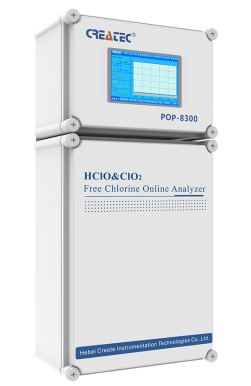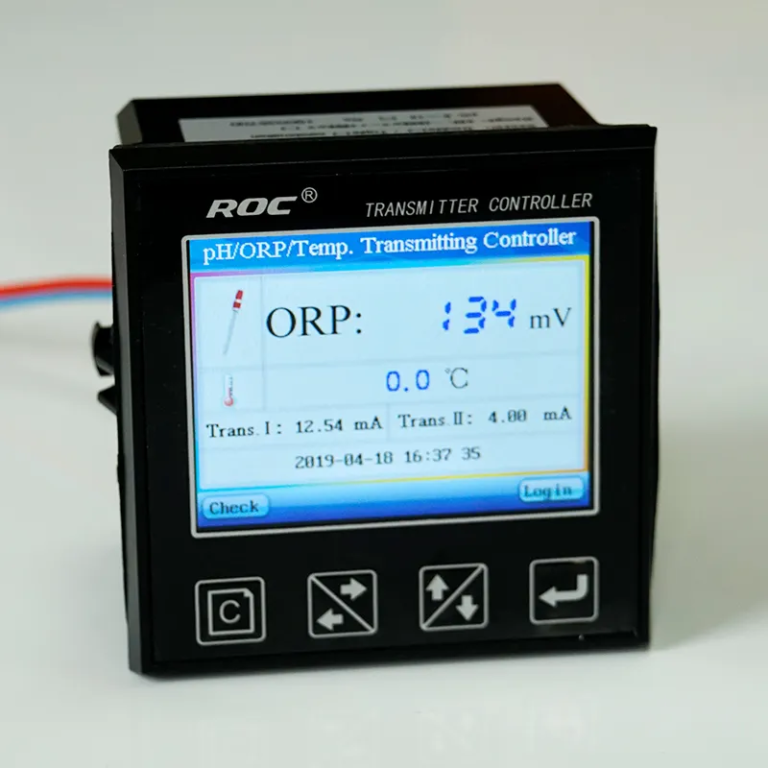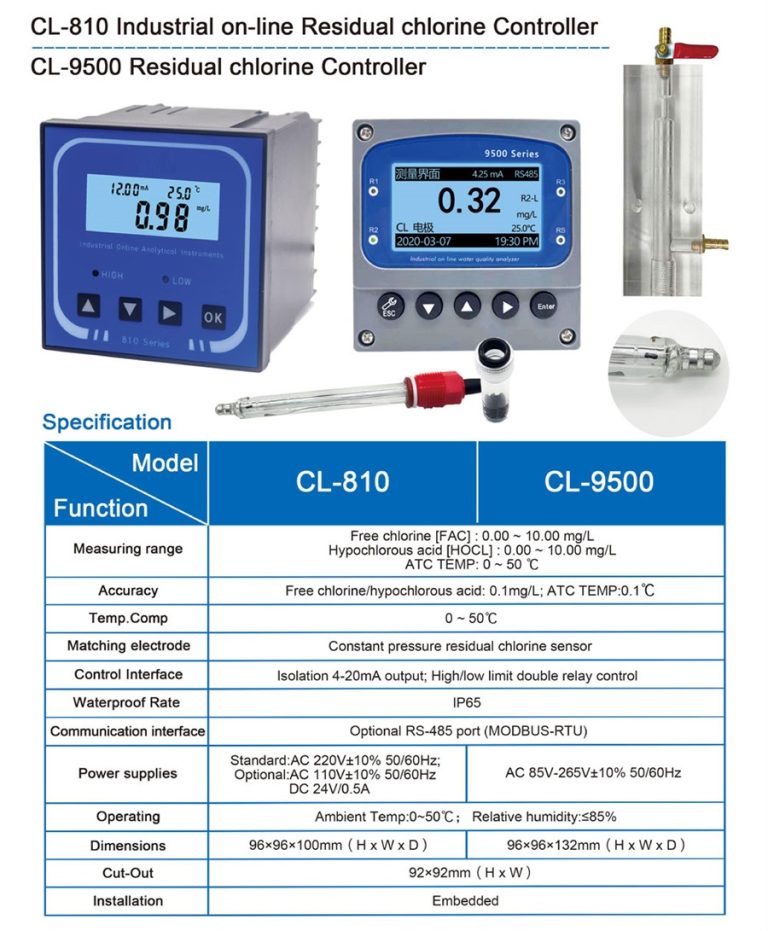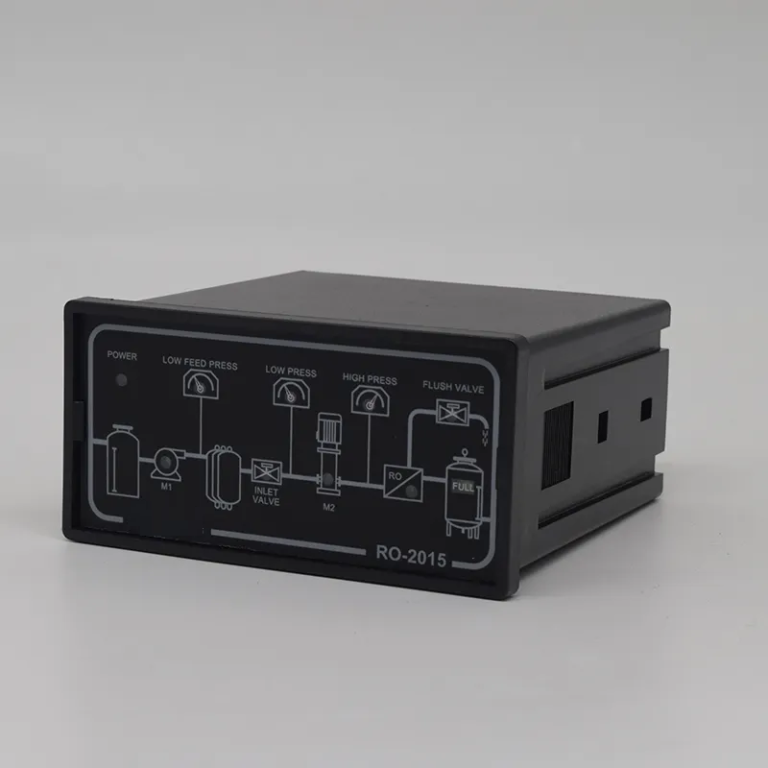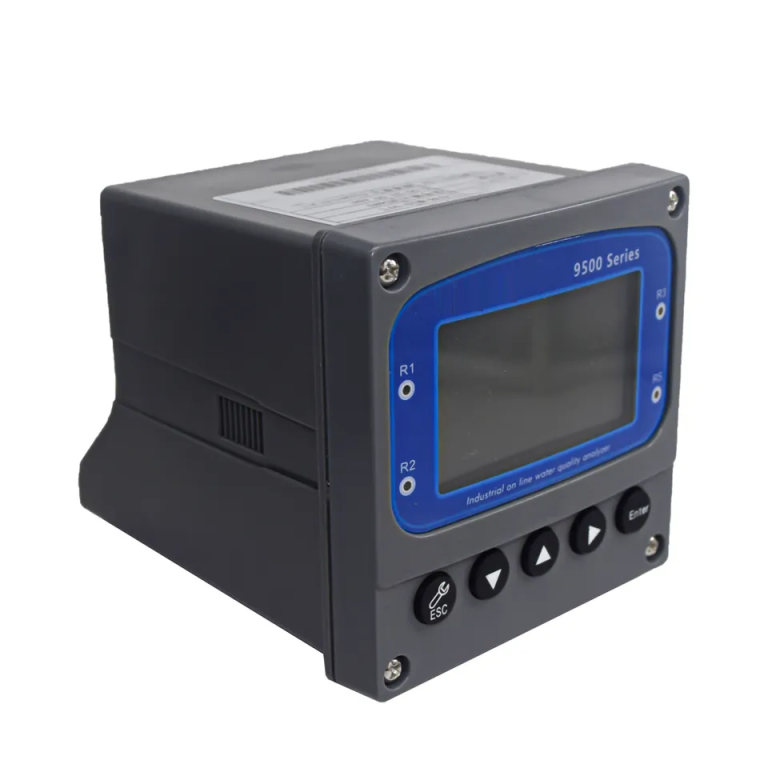Table of Contents
Benefits of Using a ph meter in Laboratory Research
Analytical instruments play a crucial role in laboratory research, providing scientists with the tools they need to accurately measure and analyze various properties of substances. One such instrument that is commonly used in research laboratories is the pH meter. A pH meter is a device that measures the acidity or alkalinity of a solution, providing researchers with valuable information about the chemical properties of the substances they are studying.
One of the key benefits of using a pH meter in laboratory research is its ability to provide precise and accurate measurements of pH levels. Unlike traditional methods of measuring pH, such as using litmus paper or pH strips, which can be subjective and prone to human error, pH meters offer a more reliable and consistent way to determine the pH of a solution. This level of accuracy is essential in many research applications, where even small variations in pH can have a significant impact on the results of an experiment.
In addition to providing accurate measurements, pH meters also offer a high level of sensitivity, allowing researchers to detect subtle changes in pH that may not be easily visible to the naked eye. This sensitivity is particularly important in fields such as biochemistry and environmental science, where small changes in pH can have a profound effect on biological processes or environmental conditions. By using a pH meter, researchers can ensure that they are able to detect and monitor these changes with precision, allowing them to make informed decisions based on reliable data.
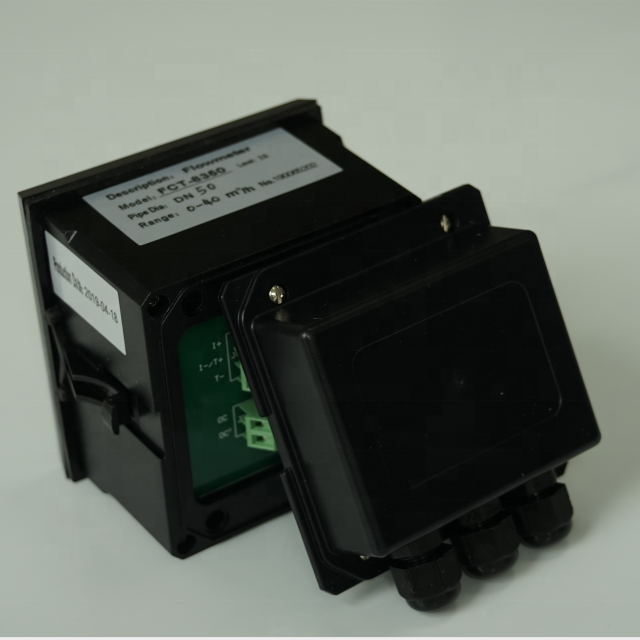
Another benefit of using a pH meter in laboratory research is its versatility. pH meters are available in a variety of models and configurations, allowing researchers to choose the instrument that best suits their specific needs and applications. Whether measuring the pH of a liquid sample in a test tube or monitoring the pH of a solution in a large-scale industrial process, there is a pH meter available to meet the requirements of virtually any research project.
Furthermore, pH meters are easy to use and require minimal training to operate effectively. This ease of use makes pH meters accessible to researchers with varying levels of experience and expertise, allowing them to quickly and efficiently measure pH levels without the need for extensive training or specialized knowledge. This accessibility is particularly valuable in research environments where time and resources are limited, as it allows researchers to focus on their experiments rather than on mastering complex instrumentation.
In conclusion, the benefits of using a pH meter in laboratory research are clear. From providing accurate and precise measurements of pH levels to offering high sensitivity and versatility, pH meters are essential tools for researchers in a wide range of fields. By using a pH meter, researchers can ensure that they are able to obtain reliable data, make informed decisions, and advance their understanding of the chemical properties of the substances they are studying. Whether conducting basic research in a university laboratory or developing new products in an industrial setting, a pH meter is an indispensable instrument for any scientist seeking to achieve accurate and meaningful results.
How to Properly Calibrate and Maintain a pH Meter for Accurate Results
Analytical instruments play a crucial role in various industries, helping to ensure accurate measurements and reliable data. One such instrument is the pH meter, which is used to measure the acidity or alkalinity of a solution. Proper calibration and maintenance of a pH meter are essential to obtain accurate results and reliable data.
| Product Model | DOF-6310\\u00a0(DOF-6141) |
| Product Name | Dissolved oxygen data collection terminal |
| Measuring Method | Fluorescence Method |
| Measurement range | 0-20mg/L |
| Accuracy | \\u00b10.3mg/L |
| Resolution \\u00a0\\u00a0 | 0.01mg/L |
| Response time | 90s |
| Repeatibility | 5%RS |
| Temperature compensation | 0-60.0\\u2103 Accuracy:\\u00b10.5\\u2103 |
| Air pressure compensation | 300-1100hPa |
| Stand pressure | 0.3Mpa |
| Communication | RS485 MODBUS-RTU standard protocol |
| Power | DC(9-28)V |
| Power comsuption | <2W |
| Operational envrionment | Temperature:(0-50)\\u2103 |
| Storage Environment | Temperature:(-10-60)\\u2103;\\u00a0Humidity:\\u226495%RH(None condensation) |
| Installation | Submerged |
| Protection Level | IP68 |
| Weight | 1.5Kg(with 10m cable) |
Calibrating a pH meter is a critical step in ensuring the accuracy of your measurements. Before calibrating your pH meter, it is important to gather all the necessary materials, including calibration solutions of known pH values, distilled water, and a clean beaker. It is also important to ensure that the pH meter is clean and free of any debris that could affect the accuracy of the readings.
To calibrate a pH meter, start by rinsing the electrode with distilled water and then placing it in a beaker of the appropriate calibration solution. Allow the electrode to stabilize in the solution for a few minutes before adjusting the meter to the correct pH value using the calibration knobs. Repeat this process with at least two different calibration solutions to ensure the accuracy of the readings.
After calibrating your pH meter, it is important to properly maintain it to ensure accurate results. Regular maintenance includes rinsing the electrode with distilled water after each use and storing it in a storage solution to prevent it from drying out. It is also important to regularly check the electrode for any signs of damage or wear and replace it if necessary.
In addition to regular maintenance, it is also important to periodically recalibrate your pH meter to ensure the accuracy of your measurements. Factors such as temperature, age, and frequency of use can affect the accuracy of your pH meter, so it is important to recalibrate it regularly to maintain its accuracy.
Proper calibration and maintenance of a pH meter are essential to obtaining accurate results and reliable data. By following these steps, you can ensure that your pH meter is functioning properly and providing you with accurate measurements. Remember to always use calibration solutions of known pH values, rinse the electrode with distilled water after each use, and store it properly to prevent it from drying out.
In conclusion, the pH meter is a valuable analytical instrument that is used in various industries to measure the acidity or alkalinity of a solution. Proper calibration and maintenance of a pH meter are essential to obtaining accurate results and reliable data. By following the steps outlined in this article, you can ensure that your pH meter is functioning properly and providing you with accurate measurements. Remember to calibrate your pH meter regularly, maintain it properly, and replace the electrode when necessary to ensure the accuracy of your measurements.

